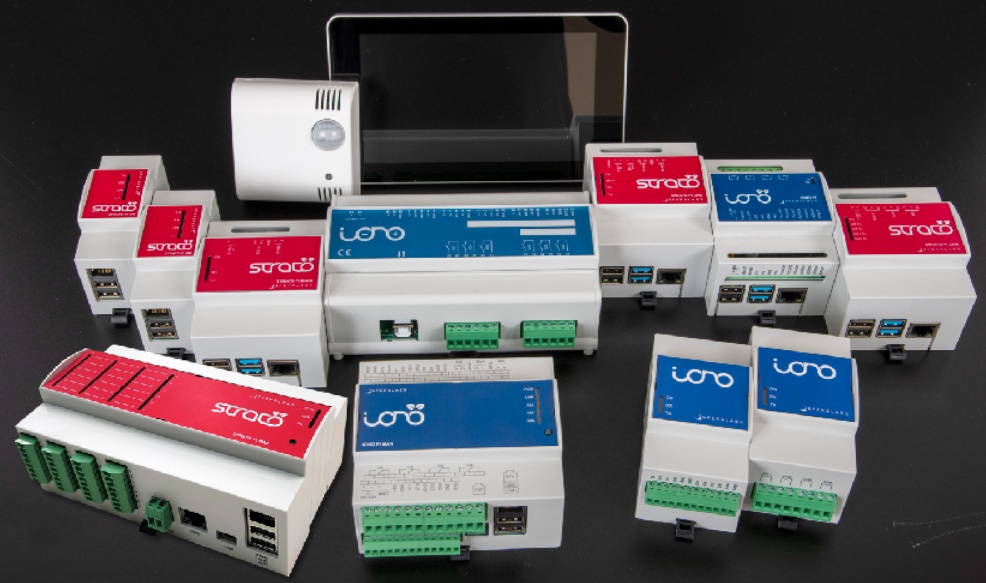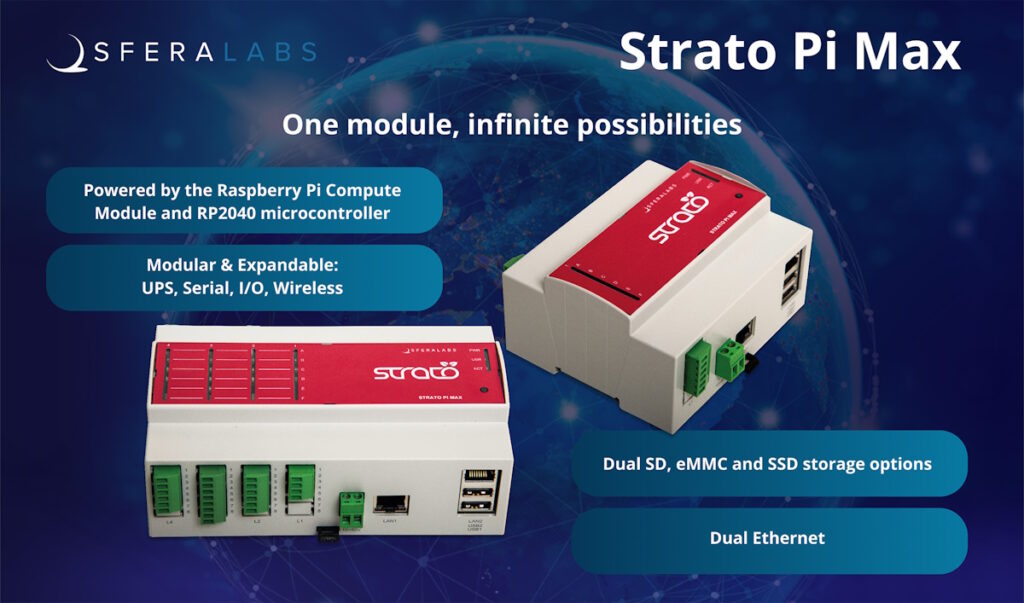I know I’ve mentioned this before, but on the off chance you’ve forgotten, I graduated from university in 1980. My degree was in Control Engineering. This was based on a core of math (oh, so much math), with “surrounding” subjects of electronics, mechanics, and hydraulics/fluidics.
In those days, most of the control algorithms with which I worked were things like proportional-integral-derivative (PID), the implementations of which were analog in nature. The only computer that physically resided in the engineering department was an analog monster that was not dissimilar to that shown below. Simulating equations on this bodacious beast required you to have good knees because there was a lot of crouching involved.

Analog computing machine at the Lewis Flight Propulsion Laboratory circa 1949 (Source: NASA)
We did have access to a digital mainframe computer that resided in a different building, but we plebs never got to feast our eyes on this beauty. We captured our programs on decks of punched cards, hand-carried them over to the computer building, handed them over the counter to someone who left no doubt that serving you was the last thing they wanted to do (they had the same personality as Marvin the Paranoid Android), and then waited a week to discover that we’d missed a comma on Line 1 (Arrggggh!).
To the best of my recollection, no one at that time talked in terms of digital signal processing (DSP) because computer memory was so expensive and processors were so slow. The only signal processing with which we were familiar was analog signal processing (ASP), because you can do a lot of stuff in analog and get a result very quickly in very little time. The only real downside is that you can rarely get the same result twice (much like the American color television standard, NTSC, which many say stands for “Never Twice the Same Color”).
One exception on the control front was the programmable logic controller (PLC). This was a ruggedized general-purpose computer that was first used to control production lines in the American automotive industry. Prior to the introduction of the first PLC circa the late 1960s, automotive factories used relay-based control systems. Programming (and reprogramming) control sequences involved plugging cables (lots and lots of cables) into patch panels (lots and lots of patch panels).
One interesting tidbit of trivia is that the functioning of original relay-based control systems—their programs, if you will—were captured and documented using a hand-drawn graphical technique called ladder logic. When PLCs became available, factory engineers and technicians were unfamiliar with things like Boolean algebra, logic, and expressions, and they had no interest in learning a programming language like FORTRAN, so the PLCs supported a programming language based on the ladder logic with which everyone was already familiar.
PLCs have evolved over the years. Today’s PLCs are very sophisticated beasts. Unfortunately, they are the opposite of cheap. This explains why there is a lot of interest in the concept of implementing industrial automation, smart home-building-city automation, IoT, and edge computing systems using ruggedized products based on open-source processing elements like the Arduino and Raspberry Pi.
The reason I’m waffling on about this here is that I was just chatting with Ulderico Arcidiaco, who is the co-founder, CEO, and lead hardware engineer at Sfera Labs. Ulderico is a bit of a character—electronics engineer by day, and airplane pilot, sailor, and amateur radio operator in his spare time. He also has a great sense of humor. “How so?” I hear you ask. Well, take the fact that Sfera Labs has three product lines as illustrated below: Iono (blue, input/output modules), Strato (red, control units), and Exo (like the white box in the upper-left, sensors and interfaces).

An example selection of the Iono, Strato, and Exo product families (Source: Sfera Labs).
“What’s funny about that?” I hear you mutter. Well, “Sfera” in Italian is “Sphere” in English, which leads us to Stratosphere (the second layer of the Earth’s atmosphere as you go upward), Ionosphere (the ionized part of the Earth’s upper atmosphere), and Exosphere (the outermost layer of the atmosphere). Well, I thought it was funny!
Sfera has established an enviable reputation, and the company is making quite a name for itself around the world, not least because its customers and markets currently cover 78 countries around the globe.
I fear I was a little cheeky because I mentioned to Ulderico that Italy wasn’t the first country that popped into my mind in the context of industrial automation. I also wondered (aloud) why engineers Down Under in Australia, for example, would say to themselves, “Let’s see what Italy has to offer in terms of open-source Raspberry Pi-based ruggedized control systems.”
Ulderico replied that, in fact, Germany and Italy are European powerhouses when it comes to high-technology automation development. He also says that new customers don’t specifically look for Sfera Labs and then discover that they have “Raspberry Pi inside.” Instead, they set out looking for Raspberry Pi in the context of industrial applications, which leads them to Sfera Labs. Well, that certainly makes sense. I stand corrected.
In these days of increasingly compromised supply chains and potentially nefarious contract manufacturer practices (swapping out specified components for cheaper, potentially less reliable alternatives, for example), it’s reassuring to hear that the bulk of Sfera’s products are manufactured by trusted partners in Italy, including fabricating the printed circuit boards (PCBs) and sourcing and assembling the components on the boards.
In some ways, Sfera Labs has become the victim of its own success. Initially, they supplied suites of focused modules, like the Strato Pi CM (compact industrial Raspberry Pi Compute Module server, CE/FCC/IC compliant, with a wide-range power supply, eMMC Flash, RTC, RS-485, watchdog, and secure element), Strato Pi CAN (industrial Raspberry Pi server, CE/FCC/IC compliant, with wide-range power supply, RTC, CAN and RS-485 interfaces, watchdog and secure element, and Strato Pi UPS (industrial Raspberry Pi server, CE/FCC/IC compliant, with wide-range power supply, UPS, RTC, RS-232 and RS-485 interfaces, watchdog, and secure element).
The problem is that they have customers saying things like, “I like this one, but can we lose function xxx and add function yyy?” On the one hand, the folks at Sfera are more than happy to engage with customers to create custom solutions. On the other hand, there are so many potential combinations and permutations of the various functions that it makes your eyes water and your brain ache.
All of which explains why the chaps and chapesses at Sfera have just announced their latest and greatest offering in the form of the Strato Pi Max Industrial Controller (I can’t believe they named it after me—my mother will be so proud).

Meet the Strato Pi Max XL and XS (Source: Sfera Labs)
In the image above, we see the Strato Pi Max XL on the left and the Strato Pi Max XS on the right. Let’s focus only on the XL because my fingers are getting tired typing.
If we were to look inside the XL, we would see a Sfera-designed motherboard. On the left of this board are four expansion slots that can accommodate four different modules. The four green connectors on the front left of the box are attached to these expansion modules. In addition to Sfera Labs’s modules, customers can design their own custom modules if required. On the right of the board is a Raspberry Pi CM4 daughter card along with a Raspberry Pi RP2024 dual-core microcontroller.
The Raspberry Pi CM4 boasts the following:
- Broadcom BCM2711 quad-core Cortex-A72 (ARM v8) 64-bit SoC @ 1.5GHz
- H.265 (HEVC) (up to 4Kp60 decode), H.264 (up to 1080p60 decode, 1080p30 encode)
- OpenGL ES 3.1, Vulkan 1.0
- Options for 1GB, 2GB, 4GB or 8GB LPDDR4-3200 SDRAM Fan
- Options for 0GB (“Lite”), 8GB, 16GB or 32GB eMMC Flash memory
- Option for fully certified radio module: 2.4 GHz, 5.0 GHz IEEE 802.11 b/g/n/ac wireless; Bluetooth
- 5.0, BLE; SSD
- On-board electronic switch to select either external or PCB trace antenna
The Raspberry Pi RP2024 microcontroller boasts the following:
- Dual-core Arm Cortex-M0+ processor, flexible clock running up to 133 MHz
- 264kB on-chip SRAM
- 2 × UART, 2 × SPI controllers, 2 × I2C controllers, 16 × PWM channels
- 1 × USB 1.1 controller and PHY, with host and device support
- 8 × Programmable I/O (PIO) state machines for custom peripheral support
- Operating temperature -40°C to +85°C
- Drag-and-drop programming using mass storage over USB
- Low-power sleep and dormant modes
- Temperature sensor
- Accelerated integer and floating-point libraries on-chip
In addition to the above, key features of the Strato Pi Max XL include the following:
- Dual SD card
- SSD
- 2 x Ethernet ports
- RTC
- Secure element
- Temperature sensor
- Fan
- Accelerometer
- 2 x Power-controlled USB ports
- LEDs for power supply and serial line activity
- Push-button
- 10-50Vdc power supply
There’s so much more to talk about here, such as the parallel storage options (Dual SD, eMMC, SSD), access protection (secure cryptoprocessor, accelerometer-based tamper protection, high-accuracy RTC with backup battery), and self-diagnosis (monitored power-supply input, power-controlled USB ports with fault detection, power-controlled expansion boards, RPi-RP2040 2-way fault), all of which come together to provide the following:
- Service continuity
- Unmanned, remote recovery
- System redundancy
- OS/Data separation
- On-premise backups
- OTA full-system updates
- Tamper detection and resistance
- Sensitive assets protection
- External peripherals control
All I can say is that if I had had access to something like the Strato Pi Max XL when I was at university in the late 1970s, I could have controlled the world. I still could, I suppose, but I simply don’t have the energy these days. Instead, I will hand the baton over to the new generation of bright-eyed, bushy tailed engineers. I ask only that they use this power wisely. What about you? Do you have any thoughts you’d care to share on any of this?




